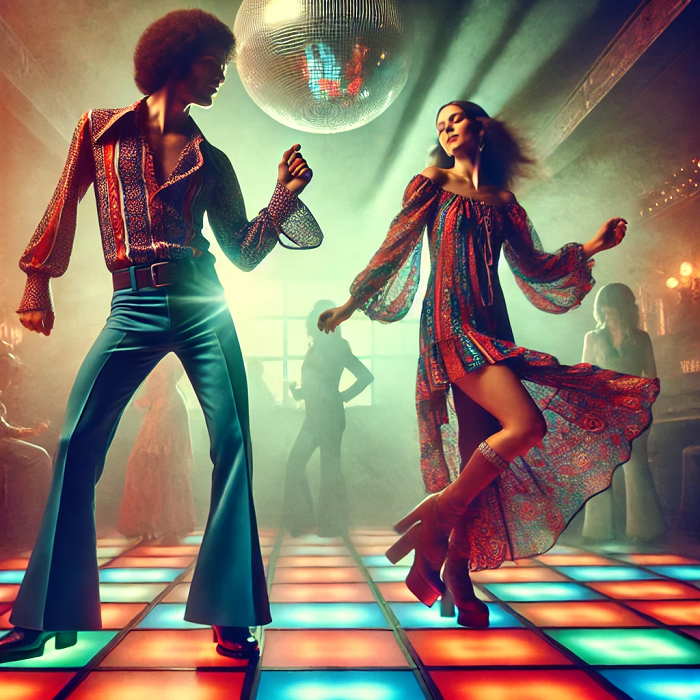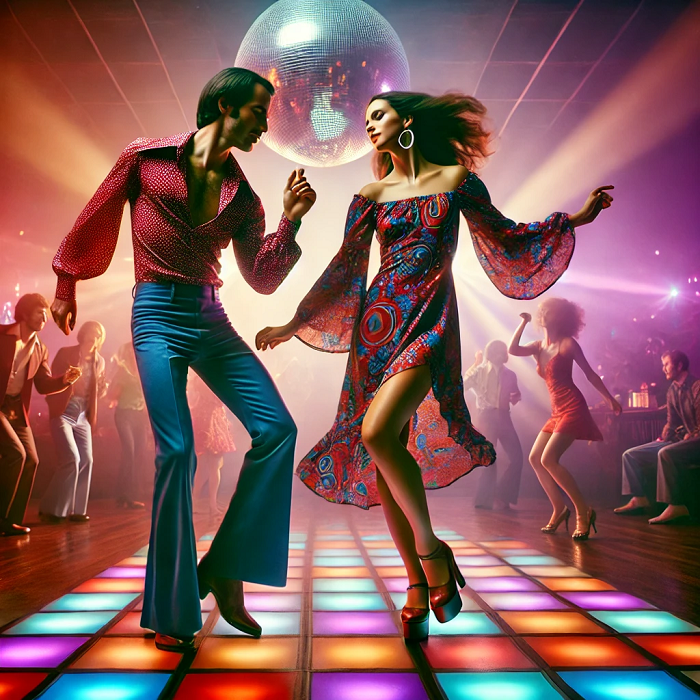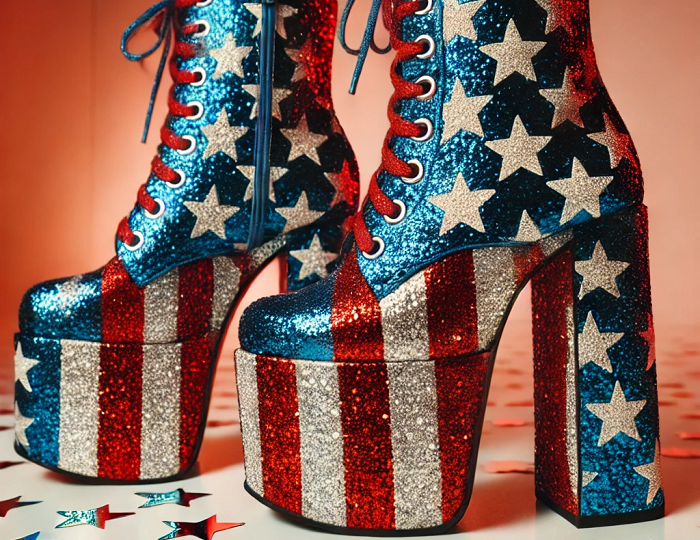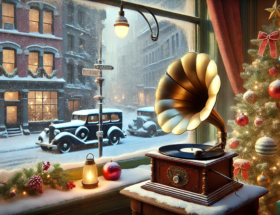Today, we’re spinning the spotlight on a music and dance revolution that defined a generation—the glittering, pulsating, rhythm-driven world of disco dancing. Let’s rewind the clock to the 1970s, a time when disco exploded onto the scene and became a cultural phenomenon that influenced music, fashion, and nightlife across the globe. So, what made disco dancing so iconic, and why did it dominate pop culture with such force? Let’s get down on the dancefloor!
The Roots of Disco: A Fusion of Funk, Soul, and Social Change
Disco dancing didn’t just appear out of thin air; it was the result of multiple musical genres coming together in the late 1960s and early 1970s. A blend of funk, soul, R&B, and Latin rhythms became the backbone of the sound. Artists like James Brown, Donna Summer, Gloria Gaynor, and The Bee Gees brought these styles to the masses, creating irresistible beats that made people want to move.
But disco wasn’t just about the music. It was also deeply connected to social movements of the time. As the civil rights movement and LGBTQ+ activism gained momentum, marginalized communities sought spaces for freedom and expression. Disco clubs, like the legendary Studio 54 in New York City, became a safe haven for people from all walks of life, breaking down barriers of race, gender, and sexuality. On the dancefloor, everyone could be free.

The Dancefloor Takes Over: Why Disco Dancing Was So Popular
So, why did disco dancing sweep the world so rapidly? Here are a few reasons why this cultural force was irresistible:
1. The Beat: A Call to Dance
At its core, disco music was made for dancing. With its steady four-on-the-floor beat, lush orchestration, and funky basslines, it created the perfect soundtrack for the nightclub. The driving rhythms were hypnotic and joyful, allowing even those with two left feet to feel the groove. People couldn’t help but get up and move!
2. The Dance Moves: Flashy, Fun, and Free
Disco dancing embraced creativity and individuality, offering an open canvas for dancers to express themselves. Moves like “The Hustle,” “The Bump,” and “The Electric Slide” became famous and easy to learn, making the dancefloor feel accessible to everyone. The simple but expressive nature of disco moves let people lose themselves in the music.
Disco also introduced line dancing into mainstream club culture, allowing entire dancefloors to move together in sync—a collective experience of joy and unity. Whether you were solo, with a partner, or in a group, disco dancing made sure you were part of the action.
3. The Fashion: Glamour, Glitter, and All That Dazzles
Disco was more than just music—it was a lifestyle. The era is famous for its outlandish fashion, from bell-bottom pants and platform shoes to sequined jumpsuits and glittering dresses. The disco scene was a kaleidoscope of bright colors, metallics, and sparkles, with dancers dressed to impress. On the dancefloor, the clothes became part of the performance, reflecting the flashing lights, creating an atmosphere of glamorous escapism.
4. The Nightclub Scene: A Place for Everyone
The nightclub was the beating heart of disco culture. Venues like Studio 54, The Loft, and Paradise Garage became legendary for their wild parties, celebrity sightings, and unparalleled energy. These nightclubs weren’t just places to hear the hottest tracks—they were stages for self-expression and liberation. Everyone—from factory workers to famous actors—could share the same dancefloor and let loose. Disco was democratizing; anyone could join the party as long as they had the energy to dance.
The Peak of Disco Fever: A Global Dance Craze
By the mid-1970s, disco had reached its peak. Thanks to the explosion of dance-centric films like Saturday Night Fever (1977), starring a young John Travolta, disco fever spread like wildfire. Suddenly, everyone wanted to learn the moves, wear the clothes, and hit the dancefloor. The soundtrack of Saturday Night Fever, featuring hits like “Stayin’ Alive” and “Night Fever” by the Bee Gees, became a cultural touchstone, cementing disco’s place in music history.
As disco continued to rise, it crossed geographical and cultural boundaries. From the streets of New York to the clubs of Paris, Tokyo, and Rio, disco became a worldwide sensation. People craved the energy, the rhythm, and the sense of freedom that came with dancing under shimmering lights.
Disco’s Decline and Enduring Legacy
By the early 1980s, the disco craze had begun to fade, with new music trends like punk and new wave taking over. Many point to the infamous “Disco Demolition Night” in 1979 as a turning point, where anti-disco sentiment culminated in a massive public event where disco records were destroyed in protest. Yet, despite its decline, disco never really disappeared. Its influence continues to live on in today’s music and dance culture.
Artists like Daft Punk, Kylie Minogue, and Bruno Mars have all drawn on disco’s infectious energy in their music. In fact, disco’s 21st-century resurgence has sparked a renewed appreciation for the genre. Iconic disco tracks still fill dancefloors, proving that the magic of the 1970s never truly died—it just evolved.

Why Disco Still Matters Today
In many ways, disco represents more than just a musical genre. It symbolizes the power of dance and music to bring people together. Disco dancing was about liberation—physically, emotionally, and socially. It broke down boundaries, allowing people to express themselves in ways they hadn’t before, and it gave the world a reason to dance in unison.
So, whether you’re strutting your stuff to a Donna Summer classic or revisiting Saturday Night Fever for a little nostalgia, remember that disco wasn’t just a passing fad—it was a cultural revolution. And even today, it’s a reminder that sometimes, all you need to do is hit the dancefloor and lose yourself in the rhythm.
Until next time, keep grooving and shining!
GertieBlu 🕺









